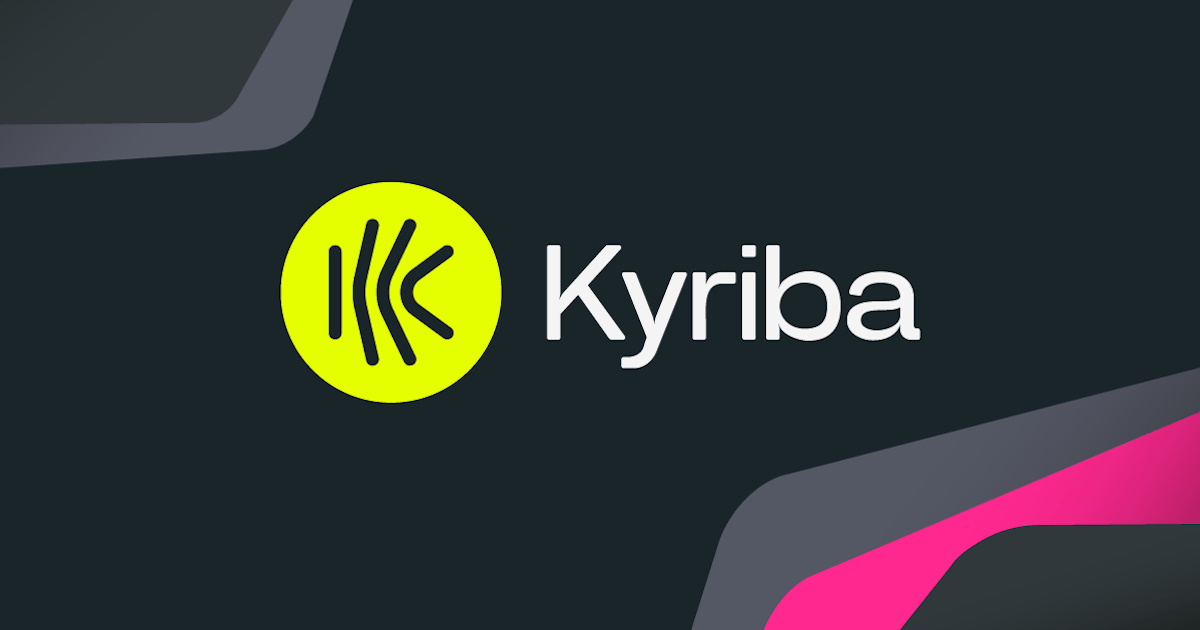Blog
How to Maximize the Value of Your Kyriba Application

Using a Treasury Management System (TMS) can help organizations monitor cash flows, automate processes, prevent fraud, and make informed liquidity decisions to stay competitive in today’s uncertain economy. Looking to improve their cash visibility and cash forecasting, Bray International chose Kyriba’s TMS solution to tackle their cash management challenges. After a successful TMS implementation, Bray International sought to expand its use of the Kyriba platform.
In this panel session from KyribaLive 2023, Bray International and Kyriba Platinum Certified Partner Elire reveal insights and recommendations for how to stay on the cutting edge of TMS utilization.
Why Use a TMS for Cash Management
When Morty Mandel, Vice President and Director of Finance for Bray International, started his new role at the company, the questions started pouring in:
- What was their cash position?
- Why did their manufacturing division in China have too much cash on hand?
- What was their liquidity plan?
- Were they following the covenants from the bank?
To help answer those questions, Bray International decided that they needed a Treasury Management System (TMS) and ultimately chose Kyriba because it had all the functionality to meet their treasury needs. Even though Bray planned to start with the essentials of cash visibility and cash forecasting, they knew there were other pain points that would need to be addressed down the line, such as GL reconciliation, cash accounting, and payments. Bray was convinced that Kyriba was the right solution to meet their present and future treasury needs.
Quick and Big Wins with TMS Implementation
Within about three months, Bray International was connected to over 75 bank accounts across 35 different banks around the world. Morty shared it was exciting to have that visibility in such a short period of time, and the bonus was it all happened just before the pandemic hit.
Shortly after achieving cash visibility, Bray decided to add GL reconciliation and cash accounting. As an outcome, their GL reconciliation process went from taking three or four hours every day to taking only about an hour at the end of each month. Their cash accounting went from taking two or three days after the end of each month to being posted the morning after the end of each month. Those were some very big wins, since both issues used to be major pain points for Bray.
As a net borrower, another important goal for Bray has always been to repatriate cash back to the U.S. so that they can service that debt and decrease trapped cash. Once Bray had the visibility they required, they were able to see their cash and move it where it was needed. In 2020, they were able to eliminate unnecessary borrowing and reduce their leverage by over 35-40%. This efficiency in turn helped them with their bank covenants, pricing grid, and Morty remarked, “everything else.”
The next immediate need for Bray was debt tracking. As a privately held company, Bray has a lot of different debt instruments from the founders and all their affiliates. These instruments are in hundreds of different notes that they have to maintain with different tenors and rates (some floating, some fixed). Before the TMS implementation, all the interest and amortization took place in Excel, which was time-consuming and error-prone.
With a fast implementation, Bray was able to consolidate all those financial instruments in Kyriba and automate the associated payments. With a couple of clicks at the end of each month (or quarter), all those transactions are processed with 100% accuracy. Since all the modules in Kyriba are truly integrated, the financial transactions data automatically shows up in the cash position worksheets and forecasts to facilitate quick decision-making.
Building a Roadmap for TMS Expansion
Carlos Conde, Partner at Elire, and Abdel Saafan, SaaS Practice Lead at Elire, recommended pathways on a roadmap to get the most out of a TMS, aiming at solving pain points and streamlining workflows according to business strategies and treasury needs.
Carlos shared that cash accounting is one possible pathway of expansion that “can really give you a lot of bang for your buck,” especially with Kyriba’s specialty in ERP bank connectivity. With one interface into all the major ERP systems, information can be seamlessly posted to an organization’s ledger without having to manually enter any transactions. That’s why for phase three of their Kyriba implementation, Bray is focusing on integrating their ERP payments into Kyriba.
Another possible pathway of expansion is to use Kyriba’s Payment Fraud Detection module. Abdel discussed how Kyriba can be configured with built-in payment controls to prevent and detect fraud, such as:
- Bank Account Management – Manage who the account signers are, who can open or close accounts, who has authorization to request reporting from the bank, and who has authorization to request that the bank allows payments from the accounts
- Approval Workflow – Configure up to 9 levels of approval, depending on your business needs
- Dual Administration – Action taken by an individual in the system needs to have a different individual review and approve that action
Additionally, Abdel pointed out that even with all those controls, no company can avoid fraud 100%. With fraudsters inventing new scams as we speak, traditional fraud detection measures are no longer enough and companies should move to real-time fraud detection functionality.
Abdel highlighted Kyriba’s Payment Fraud Detection module allows real-time fraud detection on any payment transaction, whether it is generated directly in Kyriba or coming from your ERP into Kyriba. The following methods of fraud detection are available in the Kyriba application:
- External Protection
- Bank account validation from third party providers (GIACT, SisID, Trustpair)
- Sanction list screening against up-to-date official sanction lists (OFAC, UN, EU, HTMS)
- Internal Protection
- Configurable in-house detection rules (first payment to a beneficiary, duplicate payments, check account balance, and more)
- Machine learning for payment anomaly detection
To wrap up, Carlos discussed treasury data analytics as another possible pathway of expansion. Amidst current economic conditions, organizations need to know where their exposure is and be proactive with funding strategies. With Kyriba Analytics delivering strategic insights into liquidity and risk, clients can use comprehensive treasury data analytics to make informed decisions.
Real-time Treasury Is the Future
Choosing Kyriba allowed Bray International to address their cash management challenges, gain visibility, and enhance efficiencies across multiple financial processes. As Bray expanded their usage, they experienced both quick and big wins, such as gaining cash visibility, streamlining GL reconciliation, and optimizing cash accounting, leading to significant reductions in borrowing and improved leverage. With Kyriba’s advanced features such as AI-powered fraud detection and fully customizable treasury data analytics, organizations can further fortify their financial security and move towards real-time treasury.
While the economy has its ups and downs, one thing is certain: With the ability to scale your technology stack and system integration to meet your growing business needs, Kyriba is the enterprise liquidity management system of your choice.












